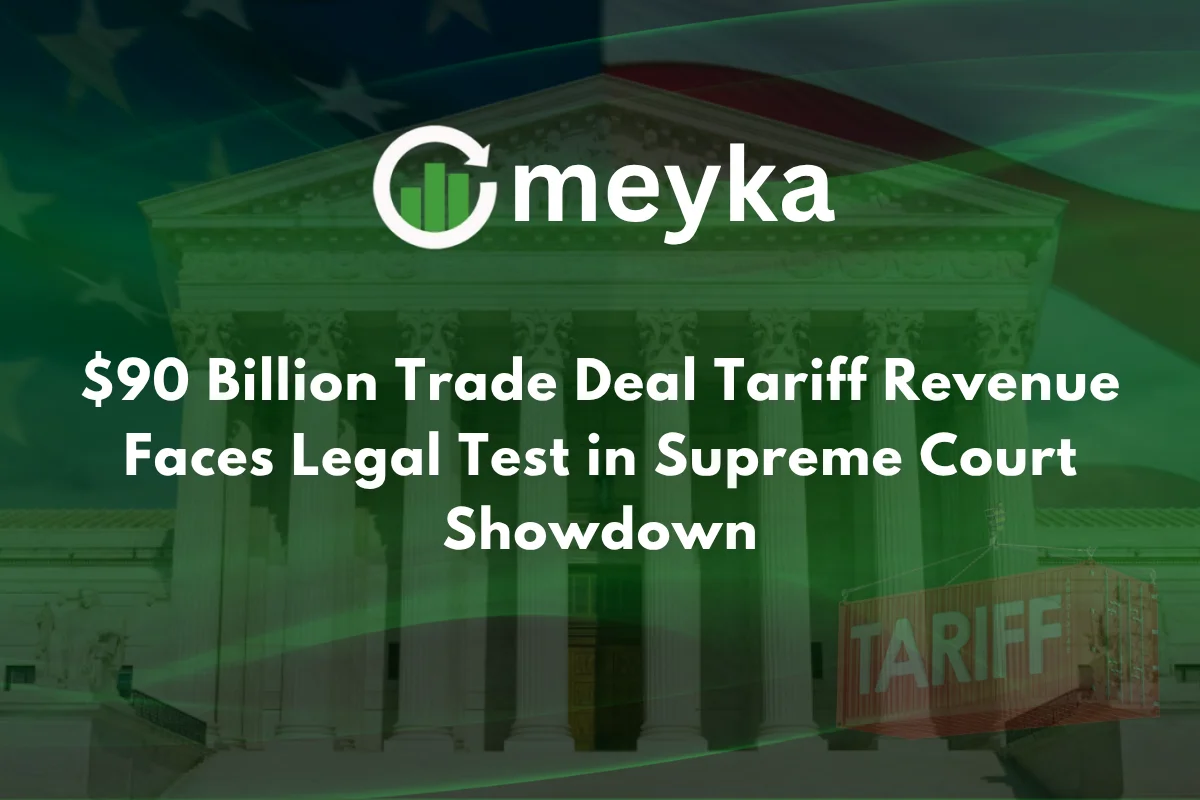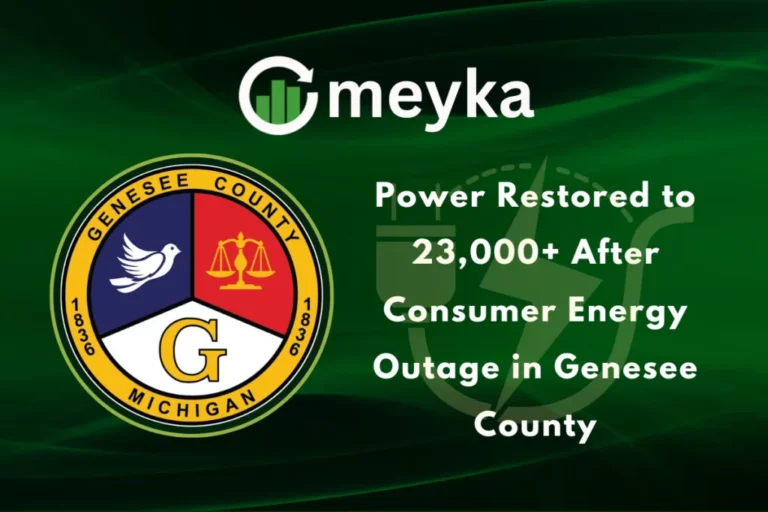$90 Billion Trade Deal Tariff Revenue Faces Legal Test in Supreme Court Showdown
A $90 billion Trade Deal Tariff Revenue dispute is now at the center of a historic legal battle in the U.S. Supreme Court, raising questions about executive power, congressional authority, and the future of international trade policy. The case could redefine how tariff collections are approved, challenged, and distributed in the United States, especially when they stem from large-scale trade agreements.
This legal fight has triggered strong reactions from economists, lawmakers, global trade partners, and stock market analysts. If the ruling limits presidential authority over tariffs, it could reshape future trade negotiations, impact federal revenue, and shake investor confidence in industries that depend heavily on import and export policies.
What Is the Case About?
The legal battle revolves around whether the U.S. government lawfully collected $90 billion in tariff revenue linked to a recent trade deal. Several business groups and trade associations claim that the tariffs were implemented without proper congressional approval, violating the Constitution’s separation of powers.
The dispute questions whether the President can impose, modify, or collect tariff revenue without Congress’s explicit consent. The petitioners argue that tariffs are taxes, and only Congress has the authority to levy them under Article I of the Constitution.
Why This Supreme Court Case Matters
A ruling against the government could:
- Force repayment or reallocation of the $90B Trade Deal Tariff Revenue
- Limit presidential trade authority in future negotiations
- Trigger new lawsuits against past and ongoing tariff actions
- Affect the stock market, especially sectors dependent on global supply chains
- Increase political tension between the White House and Congress
A ruling in favor of the government would solidify the President’s power to use tariffs as a policy tool, even without congressional approval, similar to former President Donald Trump’s controversial use of tariffs under Section 232 of the Trade Expansion Act.
Economic Stakes: Billions in Revenue, Millions of Jobs
The $90 billion tariff pool is not just a legal issue; it’s tied to key U.S. industries:
| Industry | Tariff Impact | Stock Sensitivity |
| Steel & Metals | Higher production costs | High |
| Agriculture | Export retaliation risk | High |
| Retail & Clothing | Higher import costs | Medium |
| Automobiles | Increased manufacturing expense | High |
| Tech & Electronics | Relies on foreign components | Very High |
If the Supreme Court rules in favor of refunding the tariff revenue, the federal government could face massive compensation claims from U.S. companies that paid the tariffs. That could also lead to revenue losses during a time of growing federal debt.
Stock Market Reaction
While this case is legal in nature, it has already affected investor behavior, especially in trade-exposed industries.
Analysts from Bloomberg and MarketWatch report a shift in sentiment as traders assess the potential impact on supply chain stocks, shipping companies, manufacturing equities, and AI-powered trade analytics platforms, which are increasingly used in real-time stock research.
If tariffs are removed or refunded, U.S. import-heavy companies may see short-term stock gains, while domestic producers depending on protective tariffs may lose a competitive advantage.
Political Implications: White House vs. Congress
Members of Congress argue that allowing presidents to raise tariff revenue without approval sets a dangerous precedent. Senators from both parties have warned that unchecked tariff authority could be misused for political purposes instead of economic policy.
Even President Biden’s administration, although defending the revenue in court, has privately acknowledged concerns about future executive limits.
Global Trade Partners Watching Closely
Countries like China, Canada, and the European Union, which have been affected by U.S. tariff waves, are paying close attention to the ruling. If the Supreme Court limits executive tariff authority, foreign governments may gain leverage in future trade negotiations.
Trade experts from the World Trade Organization (WTO) warn that this ruling could influence other countries’ policies, especially where courts have power over trade authorization.
Possible Outcomes of the Supreme Court Ruling
| Scenario | Effect on Tariff Revenue | Impact on Trade Deals |
| Government Wins | Revenue stays | Stronger executive power |
| Petitioners Win | Refunds or reversal | Congress regains control |
| Partial Ruling | Limited authority change | Future tariffs require conditions |
Conclusion
The legal battle over the $90 billion Trade Deal Tariff Revenue is more than a courtroom dispute; it is a landmark case that could reshape the foundation of U.S. trade authority, impact global markets, affect corporate profits, and potentially shift billions in revenue.
A Supreme Court decision could arrive later this year, and every sector from agriculture to tech is watching closely. Whether this ends in a historic rollback or a reinforcement of presidential power, the outcome will influence trade laws for decades.
FAQs
Because multiple trade groups have claimed the tariffs were unconstitutional without congressional approval, requiring legal clarification.
Industries reliant on imports or exports, including manufacturing, agriculture, retail, autos, and tech companies.
Yes, if the court rules against the government, businesses may be eligible for refunds or compensation claims.
Disclaimer:
The content shared by Meyka AI PTY LTD is solely for research and informational purposes. Meyka is not a financial advisory service, and the information provided should not be considered investment or trading advice.






